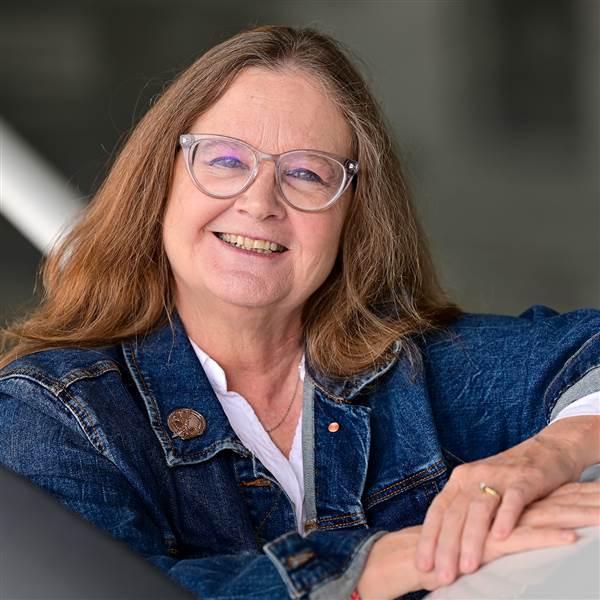A look back
The news that affected flight schools
If 2021 was a rebuilding time for flight schools recovering from the effects of the COVID-19 pandemic, 2022 was a year in which they—and the rest of the industry—seemed to soar.
With record pilot hiring taking place at the airlines, and pay hikes accompanying the demand, training ramped up across the country, and some flight schools reported months-long waiting lists. United Airlines decided to face the issue directly and opened United Aviate Flight Academy in February. The first airline-managed flight school reported an inaugural class of cadets who are 80 percent women or people of color. United Aviate plans to train 5,000 new pilots by 2030.
Other training outlets focused on innovations in flight training to keep the pipeline flowing. Embry-Riddle Aeronautical University reported it was able to trim its flight students’ start to solo time by 30 percent by integrating virtual reality technology into its private pilot curriculum.
The overall cost of training remains a barrier for many who would like to pursue aviation as a career. Two friends in Florida decided to restore a Cessna 150 to make low-cost flight training available via a club format. Meanwhile, a flight school with locations in Arizona, Florida, and Texas, said it would work with financial company Meritize to offer a merit-based financing program for flight training. Meritize said its lending programs would take into account an applicant’s academy or military achievements to enhance credit evaluation and potentially improve loan options.
The aircraft market saw a surge in sales, and European manufacturers brought their new designs to the United States. Italian manufacturer Tecnam brought a new trainer called the P-Mentor to EAA AirVenture in Oshkosh, Wisconsin. The P-Mentor is meant to be a primary, commercial, and instrument trainer in one aircraft. Another international visitor to Oshkosh this year was French manufacturer Elixir Aircraft, which brought its new two-seat piston single to the show.
The development of unleaded aviation gasoline solutions continued in 2022. The aviation industry pledged to make avgas lead free by 2030. AOPA filed a complaint with the FAA to reverse the decision in Santa Clara County, California, to ban the sale of low-lead aviation gasoline, contending that the prohibition causes a safety issue for pilots and violates federal rules and regulations. The University of North Dakota’s aerospace department switched its entire training fleet to Swift Fuels’ 94 unleaded octane avgas, becoming one of the largest public flight schools in the nation to do so. General aviation took one step closer to an unleaded future in September, when General Aviation Modifications Inc. announced that its unleaded formula, G100UL, had received FAA approval for use in all piston single engine aircraft. The timing for when G100UL reaches airports is still uncertain, as the manufacturing and distribution infrastructure needs to be managed, although GAMI co-founder George Braly has said that fuel supplier AvFuel is standing by to manage the logistics and distribution.



